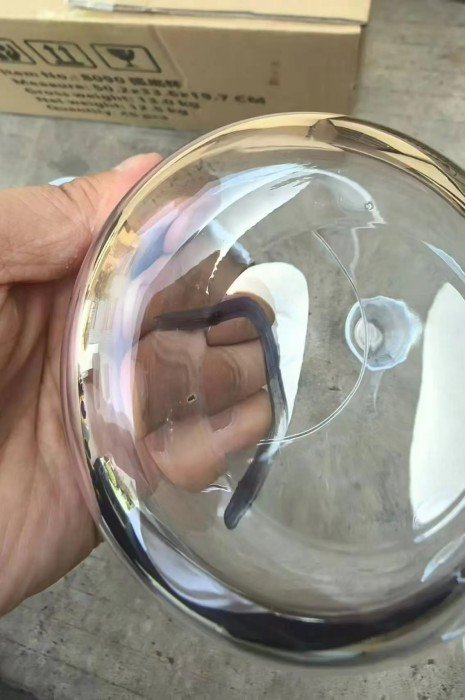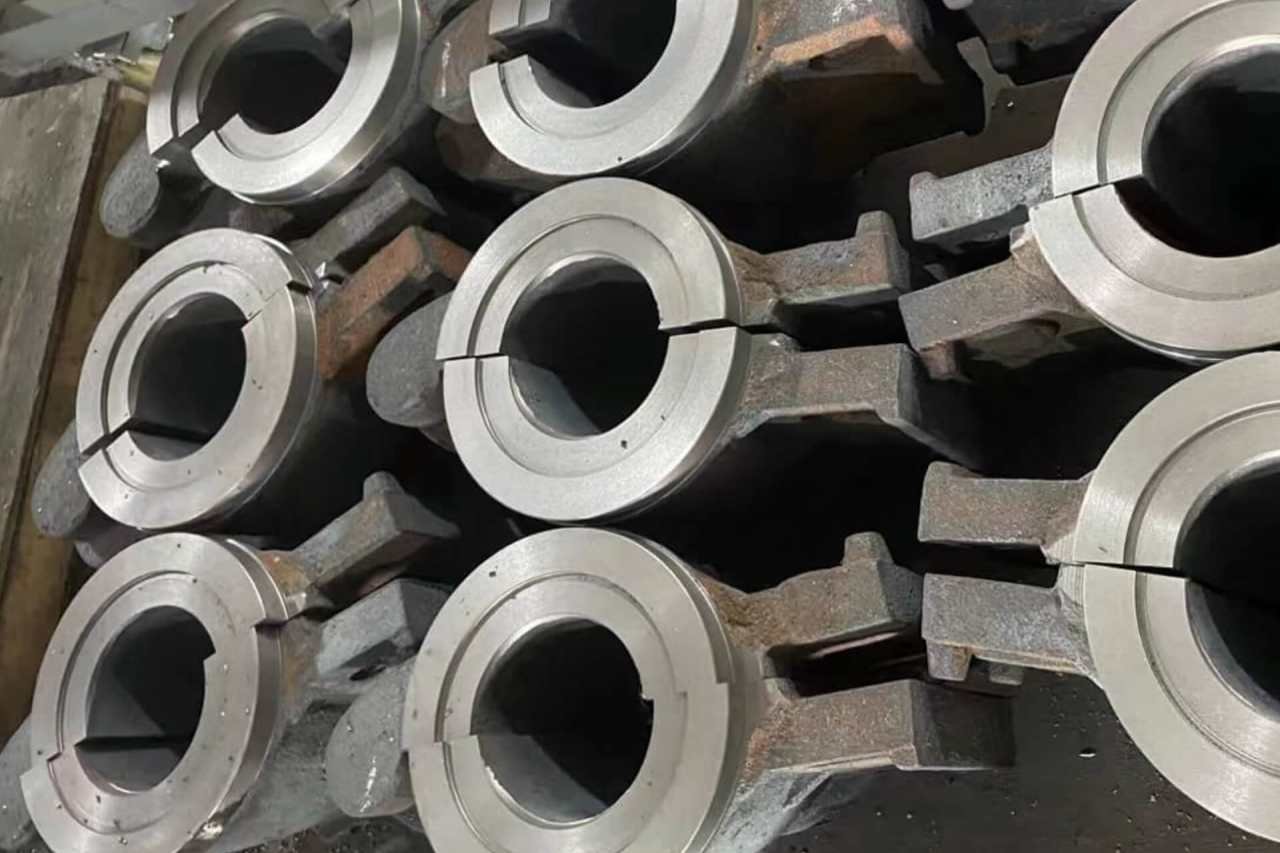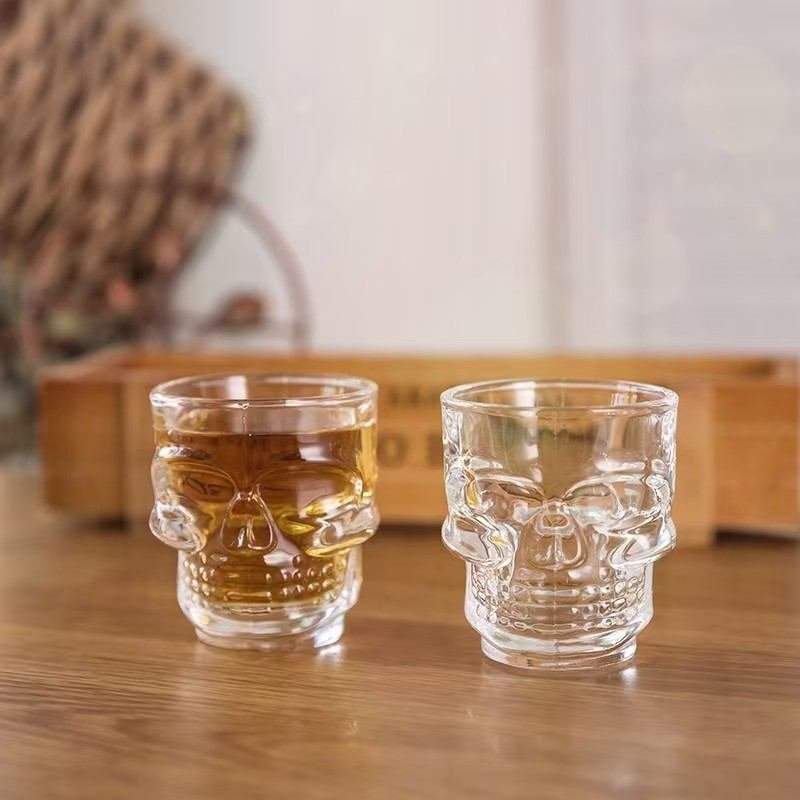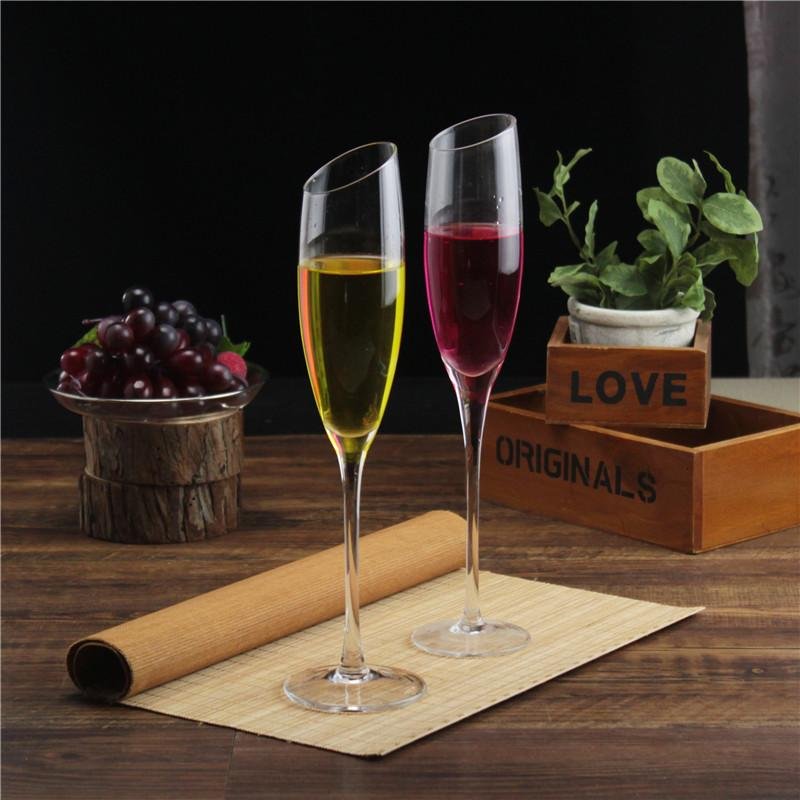
Guide for Common Quality Issues in Glassware Production
High-quality glassware is important because it keeps customers safe, lasts longer, and makes people happy with their purchase.
Quality control helps prevent issues like cracks, bubbles, or weak spots in the glass. However, making glass without flaws can be challenging. Common problems include visual defects, weak areas, and issues with how the glass handles heat.
Solving these problems early helps ensure that glass products are strong, safe, and meet industry standards.
Table of Contents
Common Quality Issues in Glassware Production
Visual Defects
Visual flaws, such as bubbles, cracks, scratches, and discoloration, are common in glassware production.
These defects make the glass less attractive and can affect durability.
1- Bubbles: Often caused by trapped gases during the melting process, bubbles can make the glass look flawed and weaken it.

2- Cracks and Scratches: These can occur if the glass cools unevenly or from handling errors during production.

3- Discoloration: Caused by impurities or inconsistencies in the material mix, affecting the glass’s color clarity.

4- Air Bubbles On Decal Printing
Air bubbles are a common issue in decal printing on glassware, often caused by improper application or trapped air during the transfer. These bubbles can distort the decal’s appearance, reducing the quality of the final product.
Structural Defects
Structural issues impact the overall strength and usability of glassware, often due to issues with production techniques.
Structural flaws reduce the glass’s strength, making it more likely to chip or crack.
1- Inconsistent Thickness: Uneven glass thickness can occur if the mold or cooling process is faulty, leading to weak spots.
2- Uneven Rims: Irregular rims are often due to poor shaping or mold use, affecting the glass’s appearance and functionality.

3- Poor Annealing: If the glass isn’t properly heat-treated, it may be more likely to break under stress.
4- Chipped finish: A small glass fragment is chipped off the finish. This can be caused by incorrect blowhead setting, problems with the neck ring, or glass in the feeder that is too cold.

Thermal and Chemical Stability Issues
These issues relate to how well the glass can handle temperature changes and chemical exposure, which is crucial for food-safe glassware.
These issues affect the glassware’s safety, especially important for food and drink products.
1- Heat Resistance Failure: If the glass can’t withstand temperature shifts, it may crack or break easily.

This is our Hot and cold cataclysm test for check heat resistance.
2- Clouding: Occurs if the glass composition or annealing is inadequate, resulting in a cloudy or frosted look over time.

Causes of Quality Issues in Glassware Production
Raw Material Quality
Impurities in the raw materials used to make glass, such as sand, soda ash, and limestone, can lead to defects. Small contaminants can cause bubbles, which weaken the glass, or discoloration, affecting its clarity and appearance.

Mold Quality and Maintenance
The quality and cleanliness of molds directly impact glassware structure. Worn or contaminated molds can create irregular thickness, uneven rims, or other flaws, as they affect how the molten glass is shaped.

Temperature Control and Cooling
Consistent temperature is essential in glass production. Temperature fluctuations during melting or cooling can cause defects like cracking, uneven thickness, or weak glass. Proper cooling ensures the glass is durable and structurally sound.
Manufacturing Environment
Environmental factors, including dust, moisture, and airborne contaminants, can affect the glass’s clarity and strength. These elements can settle on glass during production, leading to visual or structural flaws that weaken the final product.
Quality Control Techniques in Glassware Production
Visual Inspection and Automated Detection
Manual inspection involves skilled workers checking for surface defects like bubbles, cracks, and scratches. Automated sensors, however, can rapidly detect flaws with precision, ensuring higher consistency in quality.
Stress Testing and Annealing Checks
Stress tests and annealing checks assess the glass’s ability to handle thermal stress. Proper annealing (gradual cooling) strengthens the glass, making it more resistant to breakage.
Chemical Testing for Food Safety
Chemical leaching tests are conducted to ensure glassware safety when used with food and beverages. These tests confirm that harmful chemicals won’t transfer to consumables, ensuring the glassware is food-safe.
How to Avoid Bubbles on Decals?
To address air bubbles in decal printing, using higher-quality decals can effectively reduce this issue, though it may increase costs. Here’s why higher-quality decal printing is beneficial:
- Better Decal Material and Ink: Premium materials and inks provide smoother application and lasting color.
- Skilled Application: Experienced workers ensure decals are applied with precision, minimizing trapped air.
- Controlled Baking Conditions: Using the correct baking temperature and time ensures the decal adheres smoothly.
- Internal Quality Control: Regular checks catch any flaws early, ensuring a flawless finish.

How to Clean Cloudy Glassware?
To clean cloudy glassware, try these steps:
- Vinegar Soak: Soak the glass in white vinegar for 5-10 minutes. Vinegar helps dissolve mineral deposits that cause cloudiness.
- Baking Soda Scrub: For stubborn spots, sprinkle baking soda on a damp cloth and gently scrub the glass.
- Rinse and Dry: Rinse thoroughly with warm water and dry with a lint-free cloth.
- Avoid Hard Water: If possible, use distilled water for rinsing to prevent future cloudiness from minerals.

Related Research: How To Clean Cloudy Drinking Glasses?
Quality Standards and Certifications in Glassware Production
ASTM C1606-10
Defines how glassware should be prepared for the TCLP (Toxicity Characteristic Leaching Procedure), ensuring safe handling and disposal of waste materials.TCLP Test
Simulates landfill conditions to determine if hazardous chemicals could leach from glassware, protecting environmental safety.ASTM D5245-92
Outlines standard cleaning practices for plasticware, glassware, and microbiological equipment to maintain cleanliness in labs.ISO 695:1991
Specifies test procedures, reagents, and sample requirements to inspect glassware durability and quality.ISO 12775:1997
Provides guidelines on glassware composition and production inspection, ensuring consistent quality in bulk manufacturing.
Choose DM Glassware as your trusted glassware manufacturer for top-quality products and expert guidance in maintaining the highest production standards. Our commitment to quality control and eco-friendly practices ensures you receive glassware that’s durable, safe, and beautifully crafted.
Contact us today to discuss how we can support your business with our reliable and customizable glassware solutions.
DM Glassware is providing custom glasswares for various occasions.
Our main products are machine-made glasswares, glass cups, glass drinkwares and tablewares for home and kitchen use. Such glasses like glass tumblers, glass mugs, whiskey glasses, shot glasses, glass candy jars, glass bowls, beer glasses, etc.
We also recommend the most suitable packaging method based on different sales types, such as different display boxes, adding stickers, tags, etc.
Recent Posts

Skull Shot Glasses 50ml

Bulk Custom Champagne Glasses: A Guide for Bulk Purchase

Modern Lead-Free Crystal Champagne Glass

